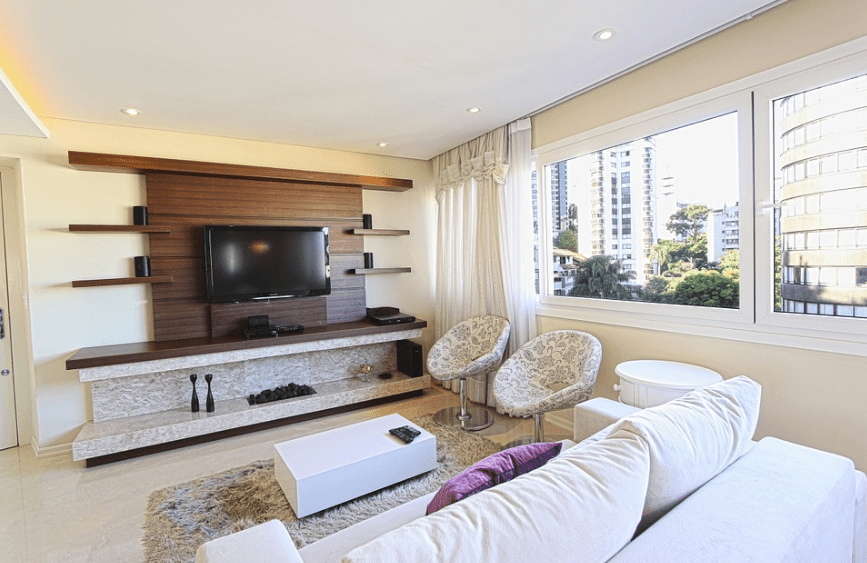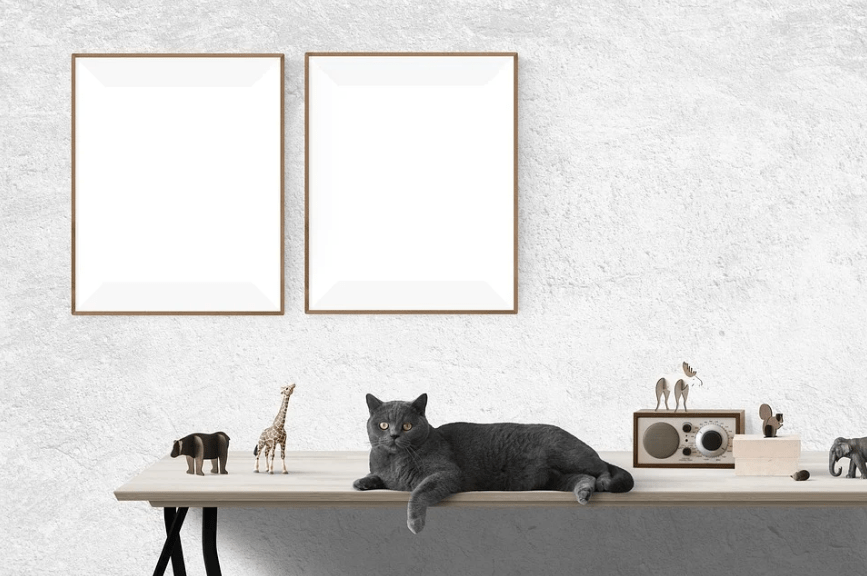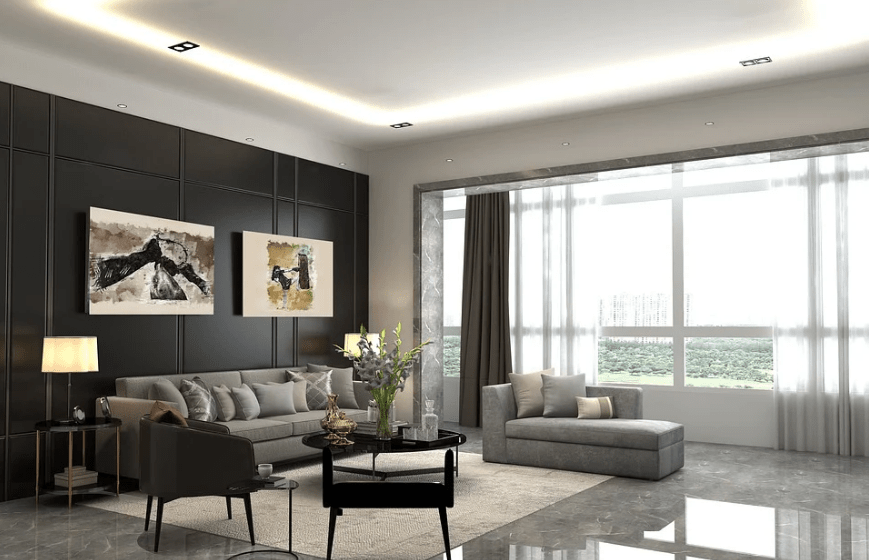Photography is a great hobby that can turn into a business. There are many types of photography that you can learn. Wildlife photography, fashion photography, sports photography, still-life photography, photojournalism, portrait photography, architectural photography, real estate photography, and more.
Interior photography involves taking photos of indoor spaces, including pieces of furniture. You can take different angles of the living room, kitchen, sofa set, or table set, and etcetera. Interior photography is mostly used in real estate magazines and home rental platforms. If you ever wonder how photographers achieve such clean and elegant shots of indoor beauty, all you just need is the right equipment, especially an excellent camera, other essential photography tools, and your creative imagination.
TIPS FOR SHOOTING INTERIORS
If you are excited about your next interior photoshoot, here are some important things you must consider.
Natural Light is always the best light!
Therefore, maximize natural light as much as you can. Although technology being used in cameras nowadays is very intelligent, they still cannot understand colors as much as humans can. They cannot interpret the yellow color cast of incandescent bulbs or the dull green of fluorescent lights as white light.
Lights Off. Best photos come from the best lighting, as photography is all about light. When shooting indoors, we always love to turn on the lights to give us a brighter and clearer photo as possible, but did you know that artificial interior lighting is the least pleasing type of light in a photograph? Yes, because it can throw off white balance, cast disturbing shadows, and make the room look dim and unattractive.
Instead of artificial light, you can focus on bringing as much natural light into space as you can by opening the doors, drawing back the curtains, and opening the blinds. In addition, you may opt for supplemental lightings, such as using a flash to help brighten up space as you shoot.
Keep Your Lines Straight
Let your vertical lines vertical and, when shooting a one-point perspective, your horizontals horizontal too. That’s why a tripod is there to help straighten the lines! It is one of the essential tools you must have, especially in doing interior photography, as it is full of horizontal and vertical lines in tight spaces.
When doing photography of interior space, make sure that the lines of walls, lamps, and windows look straight and balanced.
Overcast days are the best
When shooting on a sunny day, outdoor shoots are extra stunning, especially when doing real estate photography. When the weather is fine, with the sun shining and the sky is blue, the sunlight creates a sharp difference between lights and darks indoors, especially when it shines straight through the windows. Choose an overcast day when the clouds function as a large softbox creating lovely soft shadows.
Create space
The lack of space is one of the hardest parts of interior photography. Experiment and use your creative thinking when trying a new arrangement to make your interior shoot look great and achieve your desired shots.
Don’t abuse your wide-angle lens
A wide-angle lens is needed in interior photography; however, some photographers tend to use it as broadly as possible. For example, capturing an entire room in one shot isn’t possible without any distortion. However, you can take another photo from a different angle.
If the room you’re trying to shoot is simply too small to capture in a photo adequately, try capturing the shot from an adjoining hallway or room that offers a different perspective. Photographing with these details in mind provides an additional layer of complexity and interest to interior photography.
RAW camera settings
Using the RAW camera setting, you can store all the data you capture, than JPG or JPEG, compressed and ‘edited’ in the camera. With a RAW image, you can make all of the adjustments in the post. However, RAW images take up more space, but this is the best format to use if you want more freedom when creating the final image.
Also, you need to install photo processing apps like Photoshop or Lightroom so that you can retrieve a lot of information in blown-out or underexposed areas without loss of quality.
Edit every-single-photo!
Even expert photographers post-process their photographs to enhance the pictures and achieve best results. That’s when the magic happens! Take time to edit all the photos one by one so that you get quality results. Clean up the photos from all distracting components that make them untidy to look at.
Interior design often features artful and carefully placed clutter, yet a room full of junk will look uninviting. Think like an interior designer, and take time styling a room before you start. Clean all the mess by unplugging and removing tangles of electrical cords, keeping on the storage things like remotes and shoes, and taking the time to dust furniture, walls, countertops, and window frames to make sure the room looks its best.


